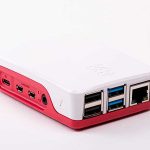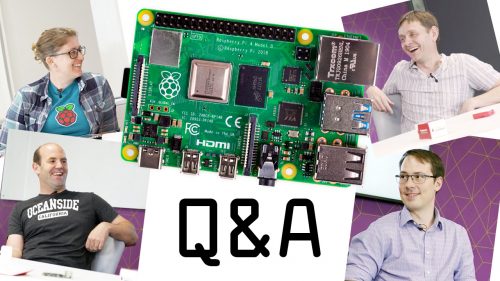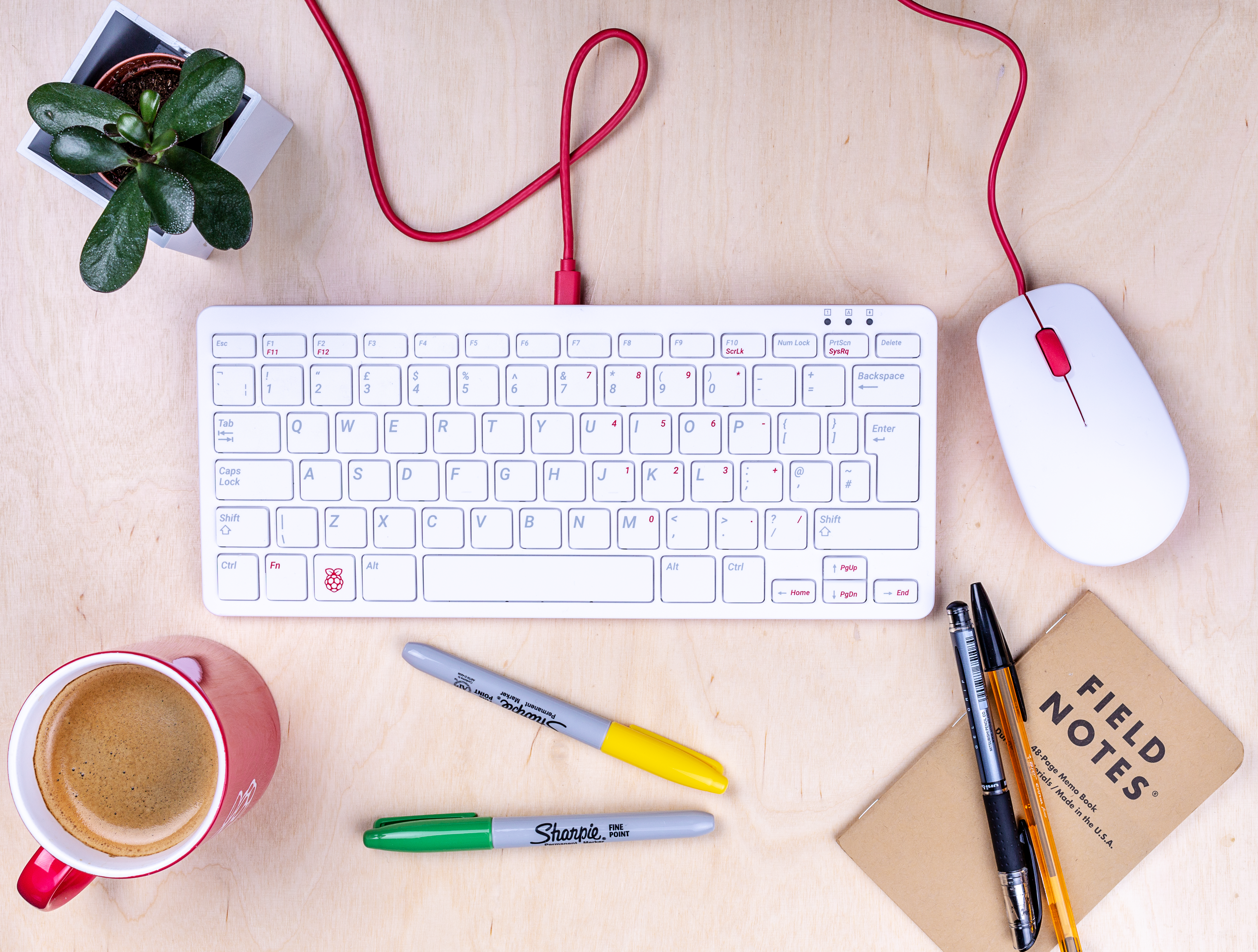Schlagwort: Keyboards
-

Build your own wireless hand-wired keyboards — a guide
Reading Time: 4 minutesThere are few feelings more satisfying than building your own home office or gaming setup from scratch. Sitting at your workstation knowing that everything is made just the way you like it, in exactly the way you imagined — it’s pretty neat. Today, it’s easier than ever to craft your own equipment…
-

What’s inside the Raspberry Pi 4 Desktop Kit?
Reading Time: 4 minutesThe Raspberry Pi 4 Desktop Kit is the perfect gift for any budding maker, coder, or Raspberry Pi fanatic. Get yours today from Raspberry Pi Approved Resellers across the globe, and the Raspberry Pi Store, Cambridge. What’s inside the Raspberry Pi 4 Desktop Kit? Subscribe to our YouTube channel: http://rpf.io/ytsub Help us reach…
-

Designing distinctive Raspberry Pi products
Reading Time: 6 minutesIf you have one of our official cases, keyboards or mice, or if you’ve visited the Raspberry Pi Store in Cambridge, UK, then you know the work of Kinneir Dufort. Their design has become a part of our brand that’s recognised the world over. Here’s an account from the team there of…
-

We asked our engineers your Raspberry Pi 4 questions…
Reading Time: < 1 minuteWe collected some of the most common Raspberry Pi 4 questions asked by you, our community, and sat down with Eben Upton, James Adams, and Gordon Hollingworth to get some answers. Raspberry Pi 4 Q&A We grilled our engineers with your Raspberry Pi 4 questions Subscribe to our YouTube channel: http://rpf.io/ytsub…
-

Buy the official Raspberry Pi keyboard and mouse
Reading Time: 4 minutesLiz interjects with a TL;DR: you can buy our official (and very lovely) keyboard and mouse from today from all good Raspberry Pi retailers. We’re very proud of them. Get ’em while they’re hot! Alex interjects with her own TL;DR: the keyboard is currently available in six layouts – English (UK), English…




